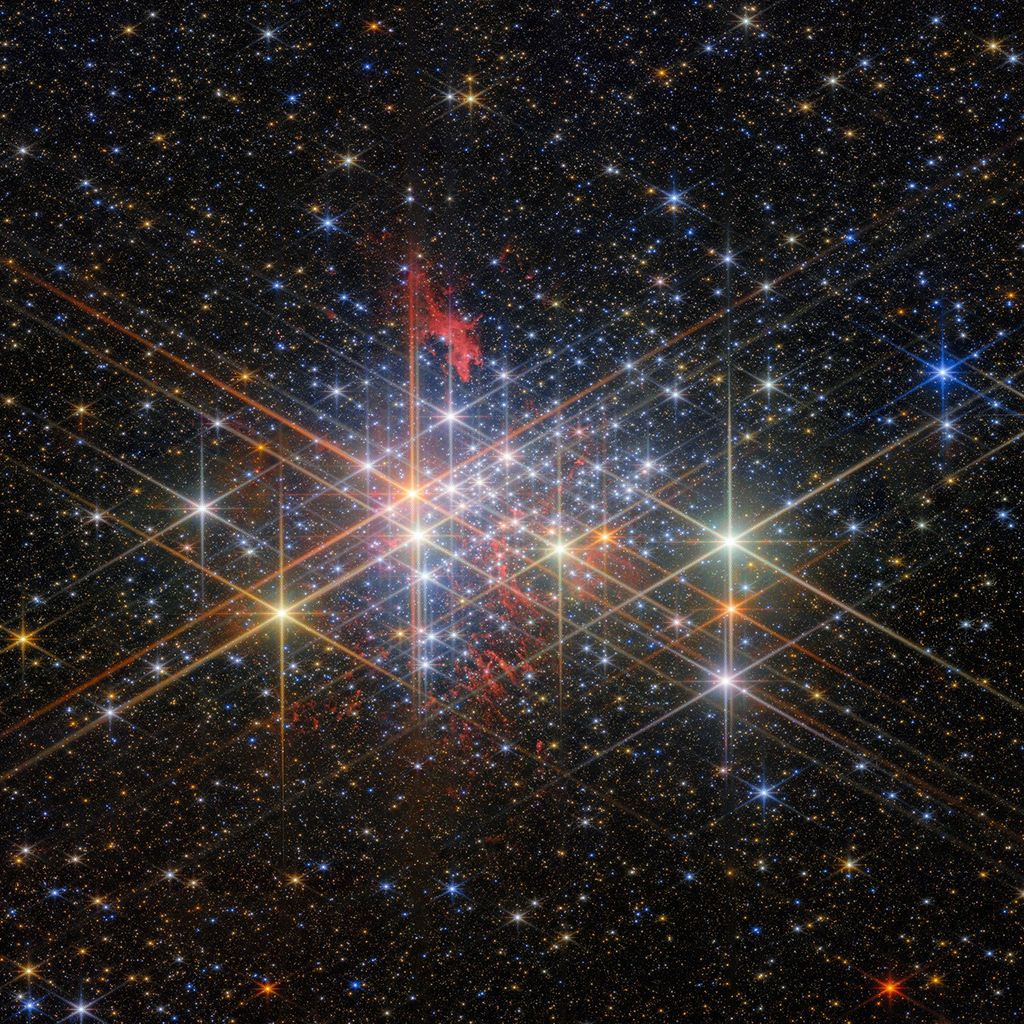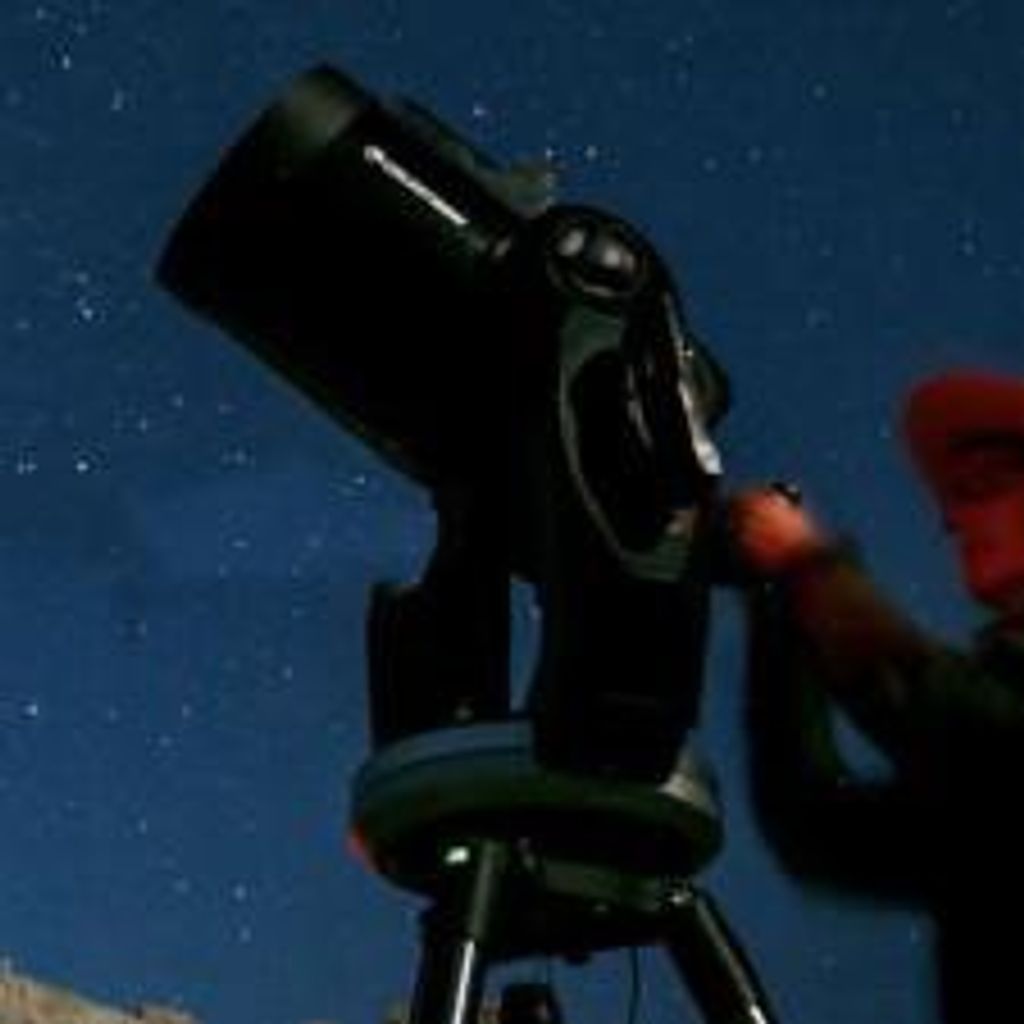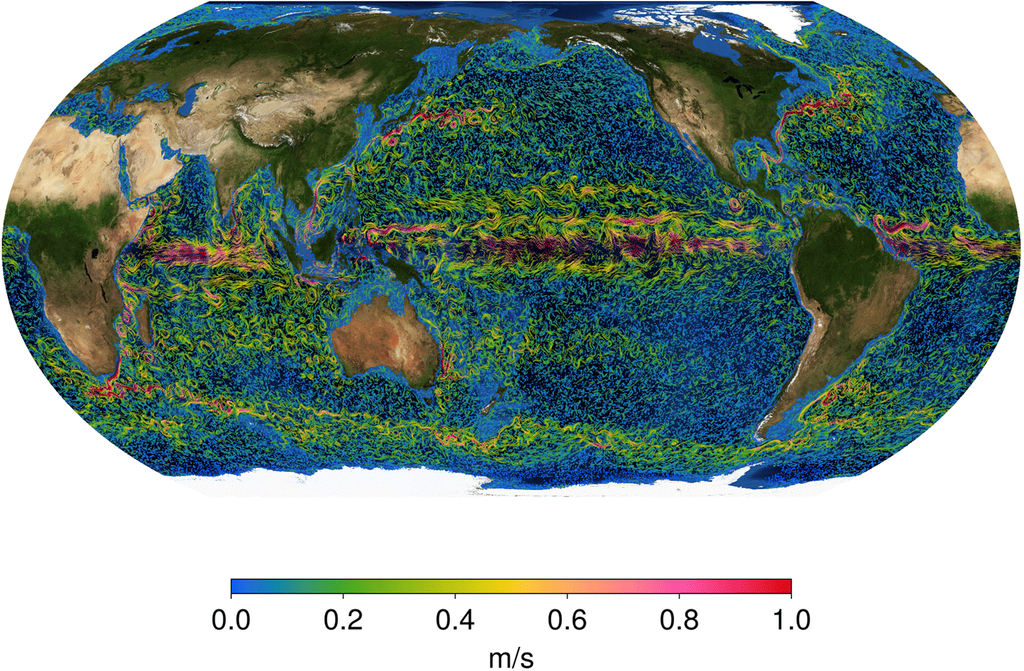1 min read
Ring of Hot Blue Stars Pinwheels Around Yellow Nucleus of Hoag’s Object Galaxy

A nearly perfect ring of hot, blue stars pinwheels about the yellow nucleus of an unusual galaxy known as Hoag's Object. This image from NASA's Hubble Space Telescope captures a face-on view of the galaxy's ring of stars, revealing more detail than any existing photo of this object. The image may help astronomers unravel clues on how such strange objects form.
The entire galaxy is about 120,000 light-years wide, which is slightly larger than our Milky Way Galaxy. The blue ring, which is dominated by clusters of young, massive stars, contrasts sharply with the yellow nucleus of mostly older stars. What appears to be a "gap" separating the two stellar populations may actually contain some star clusters that are almost too faint to see. Curiously, an object that bears an uncanny resemblance to Hoag's Object can be seen in the gap at the one o'clock position. The object is probably a background ring galaxy.
Ring-shaped galaxies can form in several different ways. One possible scenario is through a collision with another galaxy. Sometimes the second galaxy speeds through the first, leaving a "splash" of star formation. But in Hoag's Object there is no sign of the second galaxy, which leads to the suspicion that the blue ring of stars may be the shredded remains of a galaxy that passed nearby. Some astronomers estimate that the encounter occurred about 2 to 3 billion years ago.
This unusual galaxy was discovered in 1950 by astronomer Art Hoag. Hoag thought the smoke-ring-like object resembled a planetary nebula, the glowing remains of a Sun-like star. But he quickly discounted that possibility, suggesting that the mysterious object was most likely a galaxy. Observations in the 1970s confirmed this prediction, though many of the details of Hoag's galaxy remain a mystery.
The galaxy is 600 million light-years away in the constellation Serpens. The Wide Field and Planetary Camera 2 took this image on July 9, 2001.
About the Object
- R.A. PositionR.A. PositionRight ascension – analogous to longitude – is one component of an object's position.15h 17m 13.99s
- Dec. PositionDec. PositionDeclination – analogous to latitude – is one component of an object's position.21° 34' 59.99"
- ConstellationConstellationOne of 88 recognized regions of the celestial sphere in which the object appears.Serpens
- DistanceDistanceThe physical distance from Earth to the astronomical object. Distances within our solar system are usually measured in Astronomical Units (AU). Distances between stars are usually measured in light-years. Interstellar distances can also be measured in parsecs.600 million light-years (180 million parsecs)
- DimensionsDimensionsThe physical size of the object or the apparent angle it subtends on the sky.The ring has a diameter of roughly 75,000 light-years (23,000 parsecs) to the inner edge and 120,000 light-years (37,000 parsecs) to the outer edge.
About the Data
- Data DescriptionData DescriptionProposal: A description of the observations, their scientific justification, and the links to the data available in the science archive.
Science Team: The astronomers who planned the observations and analyzed the data. "PI" refers to the Principal Investigator.Principal Astronomers: Hubble Heritage Team: K. Noll, H. Bond, T. Borders, C. Christian, L. Frattare, F. Hamilton, J. Lee, Z. Levay, E. Masiello, P. Royle (STScI), R. Lucas (STScI) - InstrumentInstrumentThe science instrument used to produce the data.HST>WFPC2
- Exposure DatesExposure DatesThe date(s) that the telescope made its observations and the total exposure time.July 9, 2001, Exposure Time: 3.6 hours
- FiltersFiltersThe camera filters that were used in the science observations.F450W (B), F606W (V), F814W (I)
- Object NameObject NameA name or catalog number that astronomers use to identify an astronomical object.Hoag's Object
- Object DescriptionObject DescriptionThe type of astronomical object.Ring Galaxy
- Release DateSeptember 5, 2002
- Science ReleaseA Wheel within a Wheel
- Credit

Share
Details
Claire Andreoli
NASA’s Goddard Space Flight Center
Greenbelt, Maryland
claire.andreoli@nasa.gov



































